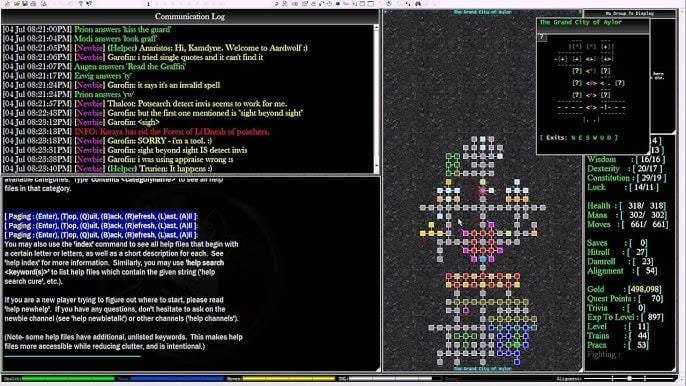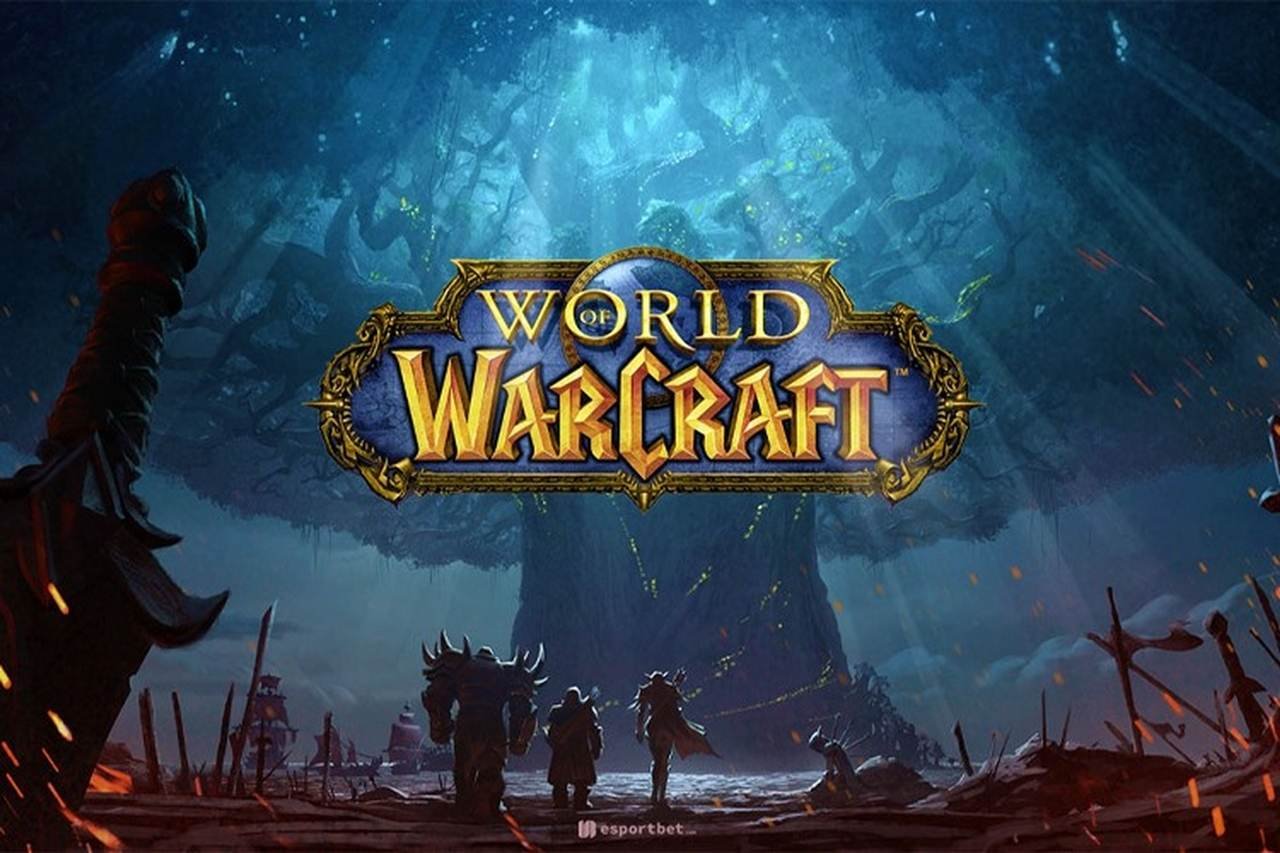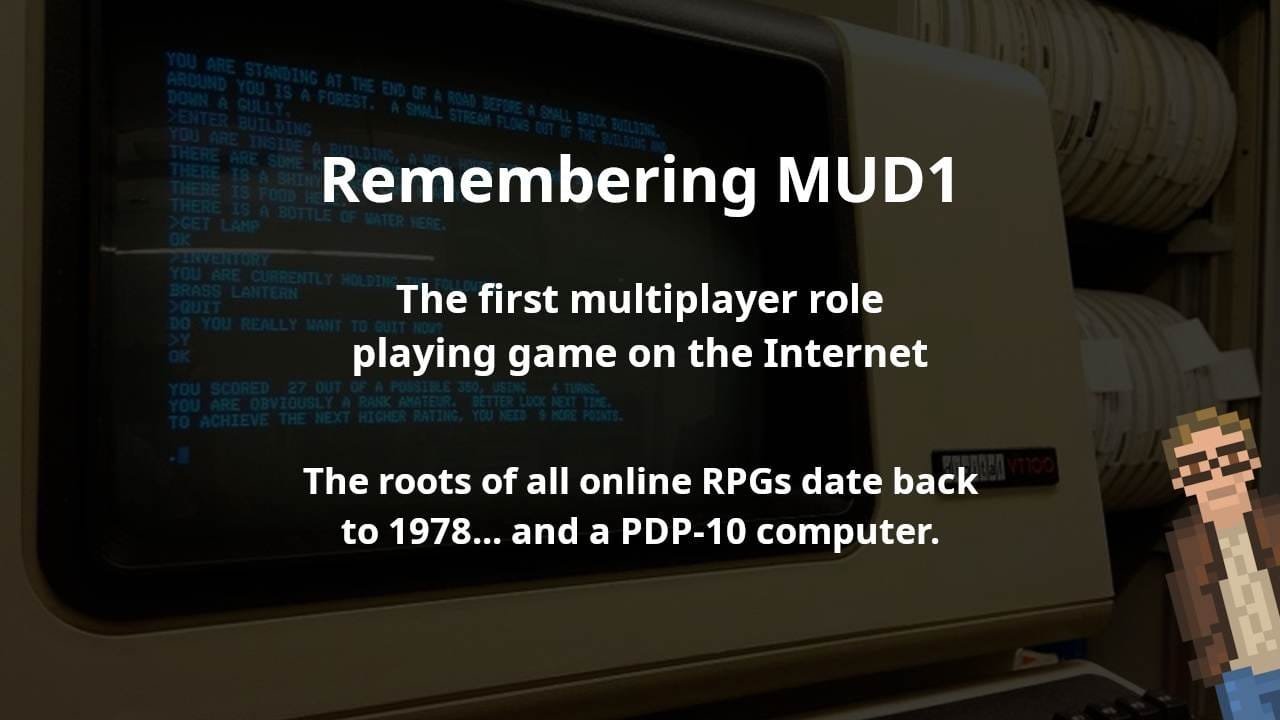Discover the groundbreaking MUD1, the first online PC game ever created. Released in 1978, this text-based game revolutionized gaming by connecting players from all over the world. Learn how MUD1 set the foundation for today’s online multiplayer experiences and inspired the evolution of the online gaming world.
Gaming has progressed significantly since its start. High-speed connections and immersive multiplayer environments are now commonplace, yet they were previously only a fantasy. The road into online PC gaming began with a simple yet innovative title: MUD1, or Multi-User Dungeon. MUD1, developed in 1978, was more than simply a game; it was the first step toward a completely new manner of interacting, playing, and engaging with people in a virtual world. This is the tale of how MUD1 laid the groundwork for internet gaming as we know it.
Roy Trubshaw, a student at the University of Essex in the United Kingdom, had the idea for MUD1, which he created on a powerful DEC PDP-10 mainframe computer. At a period when such computer capabilities were uncommon, Trubshaw’s initiative began to test the limits of what was conceivable. Trubshaw built a world of mystery and imagination with the MACRO-10 assembly language, allowing users to immerse themselves through text-based exploration and interaction. However, this game was more than just a lone quest. Players checked in from multiple places and interacted in a shared environment—a groundbreaking notion that established the framework for online multiplayer gaming.

Richard Bartle, a fellow university student, joined MUD1, adding richness to the game. Bartle enhanced the game’s stories and gameplay systems, introducing more material and creating an interactive environment. This collaboration converted MUD1 into a constantly growing cosmos in which users could travel together, sharing wins, solving puzzles, and discovering new territory. The game attracted players, attracting interest from both the academic and gaming sectors as it marked a new era in digital entertainment.
MUD1 offered gamers to a variety of cutting-edge experiences. Instead of images, the game painted imagery with descriptive language, asking players to “go north,” “pick up sword,” or “attack goblin,” igniting their imaginations and making the scenario feel alive and immersive. While interacting with each other and the game, players created stories of heroes and alliances, building friendships and rivalries in a world made solely of words. This feature of interactivity, which allowed users to chat and even engage in PvP combat, cemented MUD1’s status as a social hub and demonstrated gaming’s ability to bring people together.
Though it appears simplistic by today’s standards, MUD1 pioneered several principles that continue to define gaming today. The communal experiences it gave paved the way for subsequent games, demonstrating that a game could be more than simply a solitary leisure. The game’s persistent universe, in which players could leave things for others to find or uncover new difficulties when they returned, gave the setting a sense of life and change. Bartle and Trubshaw’s innovation rapidly became a hit, motivating others to build on the concept and laying the path for today’s online gaming communities.

MUD1’s effect spread well beyond its original form. Its popularity spawned a genre of similar text-based games, which later evolved into graphical MMORPGs such as World of Warcraft, EverQuest, and Ultima Online. Many characteristics of current games, like as guilds and player collaboration, as well as huge, permanent environments, have their roots in MUD1. This text-based environment first showcased gaming’s ability to offer a shared, linked experience.
As graphics capabilities improved, MUDs gradually receded into the background. However, they have not been forgotten. Many vintage MUDs are still available online, and they continue to inspire both players and creators, demonstrating that games need not require fancy graphics to be engaging. Today, MUDs are a small but devoted part of gaming history, adored by people who value the storytelling and community-focused design.
MUD1 has a unique place in the history of gaming. While today’s online games have cutting-edge visuals and seamless open environments, they all owe something to MUD1, which started small. Roy Trubshaw and Richard Bartle are regarded as pioneers who unlocked the promise of online gaming, connecting people across distances and demonstrating that a virtual environment might create genuine connections.
As we log into graphically attractive virtual worlds with millions of players worldwide, it’s important to remember that it all started with a basic text-based game in a university computer lab. MUD1 was more than just the first online PC game; it was the beginning of an age in which people could congregate, compete, and communicate in ways that continue to change. MUD1 changed gaming with its simplicity, demonstrating that the heart of every online game is the people who play it and the communities they create.

